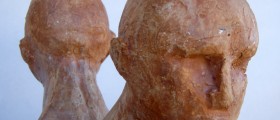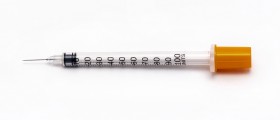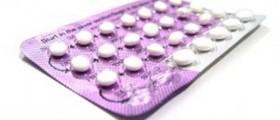
Testosterone replacement therapy is the most commonly introduced to male patients suffering from testosterone deficiency. Testosterone is a male sex hormone, secreted from the testicle glands but it is also found in women, where it is produced by the ovaries. However, male body produces about ten times more testosterone than a female body. Testosterone plays a major role in growth of male reproductive system and promotes secondary sexual characteristics such as amplified muscular and bone mass and facial hair growth.
Therapy
Natural decline in testosterone production starts after the age of 30 and continues throughout the life. Testosterone deficiency may often cause the erectile problems and that is the main reason why people undergo the testosterone replacement therapy. Testosterone replacement therapy comes in various forms:As testosterone tablets or capsulesIntramuscular injections used every two weeks. Testosterone gels that should be applied every day to the upper arms, shoulders or abdomenSkin patches, worn on the scrotum or elsewhere. Side effects
Generally, testosterone replacement therapy is a safe method. However, it is associated with some harmless side-effects.
Fluid accumulation strikes usually older patients. It may represent as ankle swelling, worsening or congestive heart failure or hypertension.
Liver complications, such as liver toxicity, may affect people taking oral testosterone replacement therapy.
Sleep apnea, the condition best described as rapid pauses and resumes of breathing process during the sleep. Patients undergoing testosterone replacement therapy may worsen the symptoms of pre-existing sleep apnea.
Fertility problems usually occur when testosterone is taken through supplements. Production of sperm depends on the testosterone levels produced by the testes. If patient takes supplements, the testes may no longer produce testosterone on their own. Therefore, spermatogenesis may significantly decrease or even stop. This unwanted effect may last for a specific time but it may also become a chronic disability.
Breast enlargement most often strikes older patients and results from testosterone being converted into estrogen (female hormone). Decreasing the testosterone dose is most commonly prescribed to resolve this problem.
Increased level of red blood cells that occurs as a side-effect may raise risk of strokes, heart attacks or small clots in the veins.
Prostate enlargement is a common side-effect. People diagnosed of early stages of prostate cancer or people with a history of prostate cancer, should avoid testosterone replacement therapy and prevent the possible growth of the prostate.
The other fairly benign effects of testosterone replacement therapy are mild acne or oily skin; irritation caused by testosterone patches, mood-swings or increased aggression.
Taken as a whole, testosterone replacement therapy is safe and helpful method to restore normal testosterone levels. Only misuse or long term use may provoke unwanted side-effects.

















Your thoughts on this
Loading...